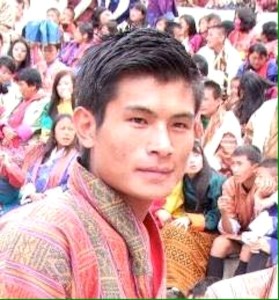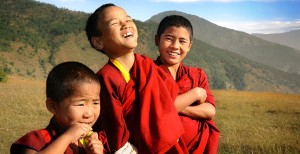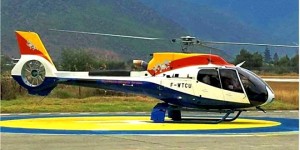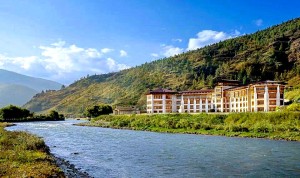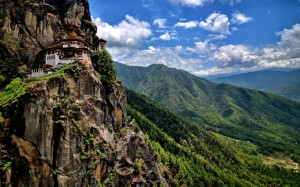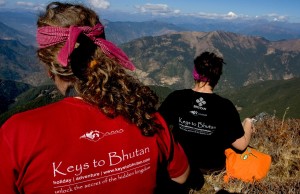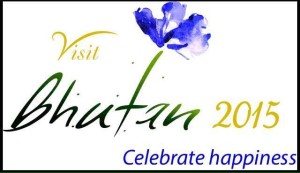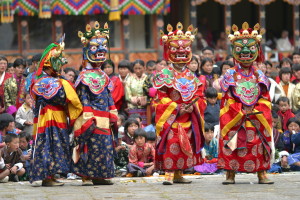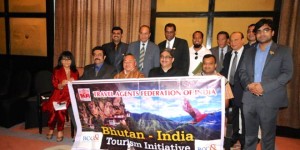A LOCAL GUIDE DIES TRYING TO SAVE THE LIFE OF HIS GUEST
A 66-year-old male tourist from France and a 26-year-old guide died, after both drowning in Mebartsho in Bumthang.
The body of the 26-year-old guide who jumped in the Mebartsho (lake), Bumthang to rescue a tourist who slipped and fell in the lake around 10.50 am, 4th November 2015 is yet to be recovered.
According to police, the French tourist, 66, fell in the lake while taking photographs. Another tourists who had also jumped in the lake along with the guide to rescue, the tourist managed to come out safely.
He also managed to pull the tourist after he was pushed ashore by the guide. However, they could not save the guide as he was washed away.
The tourist died a few minutes later from excess water inhalation. The tourist travelled as a part of 15-member group. The guide was from Bongo, Chukha.
Bumthang dzongkhag officials, police and DeSuup volunteers searched for the body.
This is the fifth incident of drowning at Mebartsho since April 2011. In 2013, an Indian couple died after they drowned in the lake.
Since 2013, safety of tourists visiting the Mebartsho has been highlighted in all forums and even discussed in the Bumthang Dzongkhag Tshogdu. The Tshogdu even considered disallowing unguided tourists at the lake but later resolved that the dzongkhag come up with appropriate safety measures instead.
It has been more than two years now but safety at the lake site still remains an issue as ever. None of the trails are secured by fence on either of side of lake. As of last year, the dzongkhag administration was still looking for funds to construct railings and traditional structures in eight hazardous areas to ensure visitors’ safety.
Dzongkhag engineer Yeshey Dorji said that the safety plans could not be implemented out of fear from disturbing the sanctity of the sacred lake. “We couldn’t execute the plans as the home ministry didn’t respond on whether the constructions should be carried out,” he said.
However, the dzongkhag had put up cautionary signboards barring visitors from crossing certain hazardous points.
Yeshey Dorji said that accidents occurred because the visitors go too close to the lake not adhering to the warnings.
Hotel Association of Bumthang’s chairman Pema Dawa said that save for the concrete railing towards the lake from the road point, no additional safety mechanisms were in place.
Pema Dawa said the hoteliers raised the issue in every meeting with local leaders, parliamentarians, Tourism Council of Bhutan and the Bhutan Chamber of Commerce and Industry. “The issue always got sidelined because of lack of budget,” he said.
Going by media reports, at least one tourist dies in Bhutan every year. The causes of death are either altitude sickness or medical condition for most international or dollar paying tourists, while most of the regional tourists died from mishaps.
In 2013 four tourists deaths were recorded. In May, a Swedish tourist died after she slipped and fell below Bumdra, located high above Taktsang monastery in Paro. In October, an Indian couple drowned at Mebartsho followed by the death of an elderly Japanese tourist, who died of altitude sickness.
Records indicate that most international tourists, who died in the country, were elderly people. On an average, about four international tourists are evacuated every year from the mountains while on treks due to altitude sickness.
SOURCE: KUENSEL (Tempa Wangdi)

